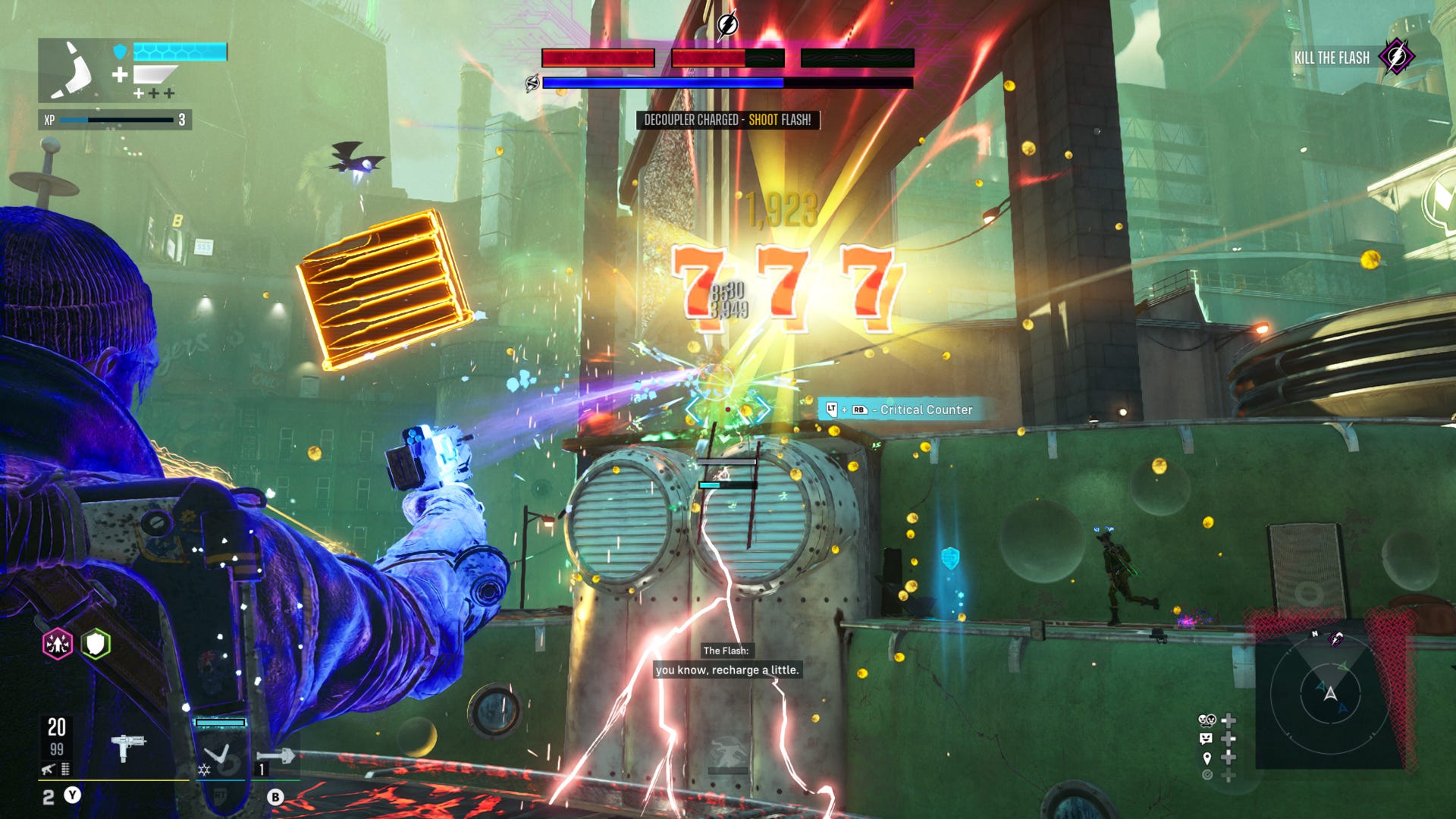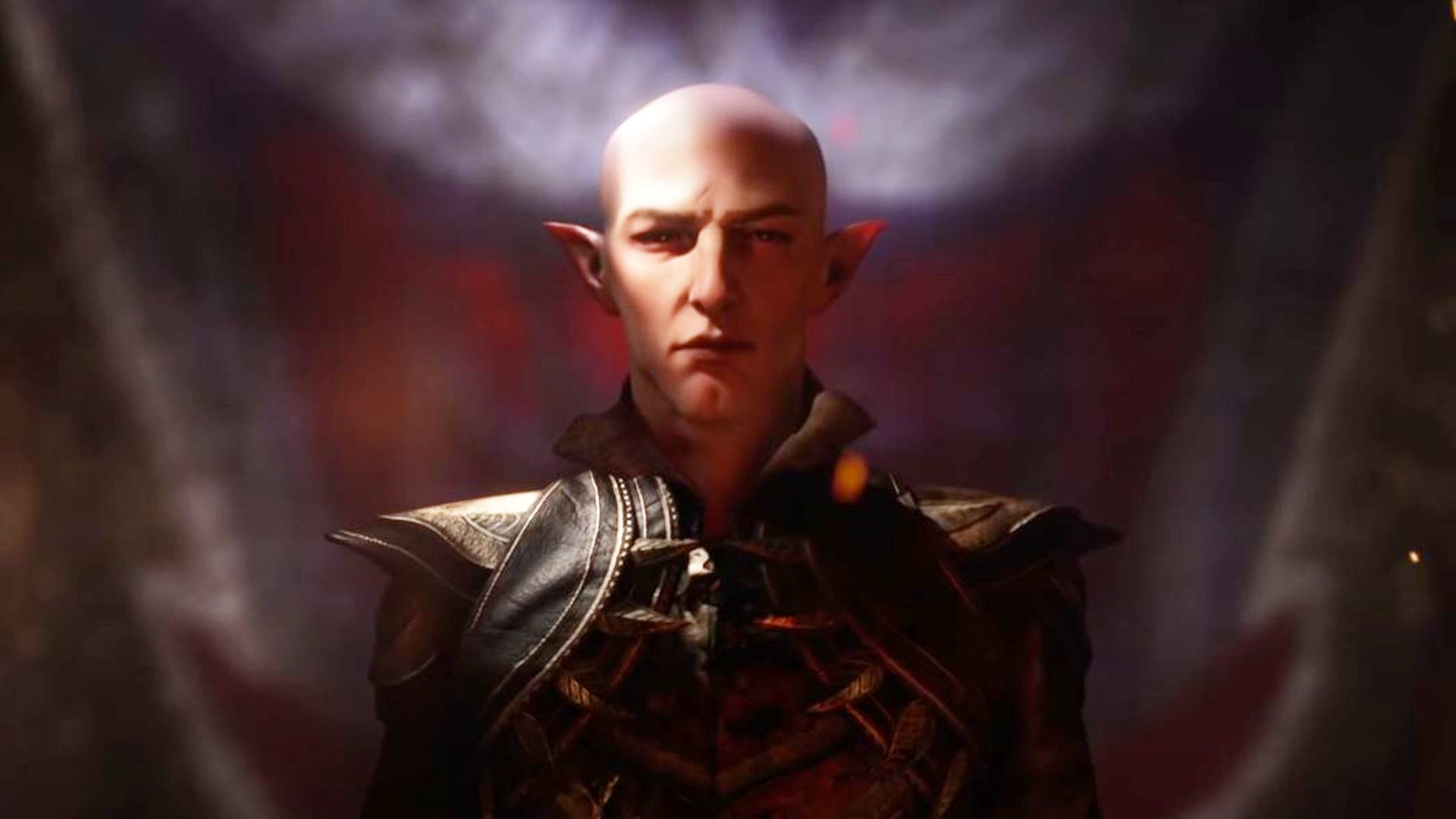Clank! is a deck-building adventure that’s very much worth your consideration. The game is for 2-4 players, and while the recommendations say that it takes 30-60 minutes to complete, matches go about double that or more, especially with more players. So sit down and get ready, because it’s time to deck-build your way out of a dungeon before the monsters get you.
Clank!, made by Dire Wolf Digital and Renegade Game Studios, is a competitive game that integrates a base board game with cards and tokens. Movement is pushed forward with cards gained in the deck-building portion of the game. As with any deck-building game, you’ll start with a small collection of cards to start, but advancement will require more cards to be added through your turns.
You’ll take turns moving and exploring dungeon depths, collecting cards and artifacts, gaining mastery, and evading a boss, which in your starter game is, of course, everyone’s favorite medieval adversary: the dragon. Go through the dungeon’s depths with rewards and you will score well. But wait, it’s not so simple.
When all players are knocked out of the dungeon (unless playing in a two-player game, where the first player to do this will make the game end), successfully exits on their own or with the help of townspeople (a few spaces on the game board above the depths of the dungeon), they will add up their accumulated scores. Scores are added on acquired treasures (artifacts and other tokens gained along your journey through the dungeon), the value of gold tokens, and cards with a green amount visible in the top right-hand corner. The amount on the cards includes everything you’ve had in your collected journey- not just the ones in your hand.
The game also has an optional companion app (available for both Android and Apple users) that can be integrated into play. With the app, you’ll add a further dimension to the experience. You can also play it as a solo board game if you want to go deep alone.
The Base Game
Clank! A Deck-building Adventure
Contents: Two-sided game board, 180+ cards, 80+ tokens, 30 cubes, 4 player meeples in different colors, 24 dragon cubes, cloth dragon bag, dragon monster meeple
MSRP: $65.00 USD2
- 4 Players (best with 3)
- 20-30 minutes
- Ages 13+
The original base game of assorted dungeon hijinx is needed to start your adventure through what may be a series of dungeon exploits. It will guide your adventure through a simple dungeon with obstacles, even at the base game. Future expansions and packs can be added to the game to enhance the difficulty and boss monsters that seek to end your trek to defeat.
Expansions
Clank! has two types of expansions. The original expansions follow a similar medieval approach to the base game. They add obstacles and other medieval and fantasy-type bosses. The other expansion type goes a different route, which is more geared toward players with a deeper understanding of the game. Those expansions are broken up into space-themed dungeons and legacy playing. Space-themed editions have an expanded board and have space as their fantasy direction. Legacy editions of games are intensive versions which incorporate multiple versions of the game. They will involve numerous playthroughs to complete. As a standard, you won’t finish a legacy game version of really any game on one game night, regardless of which game it is. That’s no different with Clank!’s versions. You’ll have to sit through multiple nights of dungeon-crawling gaming for those.
Standard Fantasy Style Expansions
Sunken Treasures
Contents: Two new maps, a marketplace board, more dungeon cards, Treasure rooms added to the board, room challenges from environments, and card effects brought on by discarding cards. Two-sided game board, 36 cards, market board, 5 tokens
(Base Game Required)
MSRP: $35.00 USD
- 2-6 Players
- 20-30 minutes
- Ages 13+
This first expansion adds new sunken depths to your dungeon experience. The addition of water and environmental elements can force players to incorporate new strategies involving timing and skill. Will you sink to the bottom in defeat or will you tread water and escape to the surface unscathed?
The Mummy’s Curse
Contents: Mummy monster in addition to the dragon, a mummy curse die, additional cards and rewards tokens, artifact changes. Two-sided game board, 41 cards, 31 tokens, market board, dragon meeple, mummy meeple, pyramid die
(Base Game Required)
MSRP: $35.00 USD
- 2-4 Players
- 30-60 minutes
- Ages 12+
Think a dragon was a tough enough adversary for your dungeon crawl? The addition of the mummy monster will add further challenges to the dungeon. It works with curses that change the dynamic, causing havoc and frustrating the dragon. As mentioned in the contents portion, the Mummy’s Curse also changes the route to acquiring artifacts in the game. The artifact changes made in this second edition of the game where a player can use an action to gain an artifact in the room (the first two editions didn’t allow for that), become a mainstay approach for all subsequent game versions.
Expeditions: Gold and Silk
Contents: Double-sided game board, 8-point artifact, 3 mining bonus tokens, market board, 4 player meeples, 12 web tokens, 3 mining bonus tokens, spider meeple character monster
MSRP: $25.00 USD
- 2-4 Players
- 30-60 minutes
- Ages 12+
Two additional boards with a gold mine are key to this treacherous Gold & Silk expansion dungeon. A spider opponent adds danger as you explore gold mines filled with gold veins and treasures. Webbed rooms create further danger. Successfully navigating the mine may result in additional treasures hidden in a section the spider has placed in its secret lair. Will you get through the spun silk before the spider gets you?
Temple of the Ape Lords
Contents: 1 two-sided game board, 1 Ape boss meeple, 4 player meeples
MSRP: $25.00 USD
- 2-4 Players
- 30-60 minutes
- Ages 14+
This version of the game adds several elements which may make players go bananas. It integrates apes into the dungeon, bringing a barrel full of assorted shenanigans. Movement on the board can be rotated in some spaces. This version also allows for a mini-campaign mode for playing two different versions of the game- each on their side
Clank Adventuring Party
Contents: side board used for 5-6 players, 30 cubes in 2 additional colors, 6 player meeples, 6 character boards, 127 cards (including 6 starter decks each with 10 cards), 90+ tokens, Hexavultus boss meeple, rules
(The base game is required, but this expansion is also compatible with Clank! Legacy.)
MSRP: $35.00 USD
- 2-6 Players
- 60-120 minutes
- Ages 13+
In Clank! Adventuring Party, you’ll gain six new adventures to choose from to guide you through the dungeon. Each adventurer in this edition will wield its own connected powers. Most are typical magic and fantasy types characters such as the dwarf, orc, elf, and mage. However, there are also a couple of animals too. You can play as a robot monkey or a cute kitten with some bite to it. This version also adds a new villain: Hexavultus. Which party will you choose to go into the depths this time? Choose wisely.
More Expansions & Add Ons
There are multiple versions of space-type expansions in the series. The game operates a bit differently with a changeable spaceship-type board. There are three space versions of the game available. Clank in Space is the first in the series. Others in the space edition of expansions are Clank in Space: Apocalypse and Clank in Space: Cyber Station 11.
A legacy version of the game based on a comic and podcast was created. That version is called Clank! Legacy Acquisitions Incorporated.
There are also character Packs (to be used in the legacy after they’ve completed the legacy version of the game: the Upper Management Pack and The C Team Pack.
Several promo cards can be added to the game.
Bottom Line
With a 7.8 rating on Board Game Geek and multiple dungeons to unlock, Clank! is a solid choice for your gaming adventures. The base game is tons of fun to play on its own accord, but each expansion adds an assortment of new adventures. My main complaint is that, sadly, despite the irony of the game being made by a company with “digital” in their name, Clank! isn’t available to play digitally. Their side companion app is a great addition to things, but I wish there were more ways to play. Clank! And its expansions are massive games with tons of pieces. Older kids will love this, but families, especially those with younger kids in the house, will dread when pieces go missing. Moving past those two items, the game is a highly enjoyable adventure in fantasy dungeons with enough challenges to keep folks entertained for a long time.








